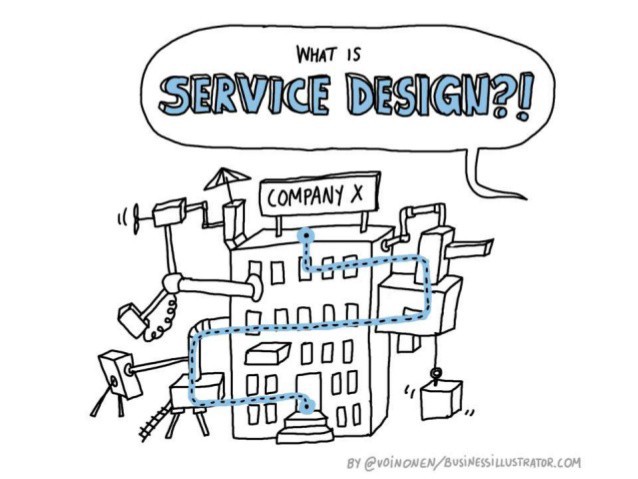
Is design thinking, just the modern version of the Scientific Method?
In my first story ‘User Experience is …’ I promised that …
"over the course of a few stories, I’ll try and cover a few of the sciences we draw upon in our art as a creative community to create engaging experiences."
And in one of early stories I talked around how important it is that User Experience is … User Research. I wanted to build on that, this time out and develop a slightly different mindset to user research.

Is design thinking, just the modern version of the Scientific Method?
We hear a lot about Design Thinking and Service Design these days, but are these anything new or just a different way to express good creative problem solving, in a way that makes it easy to follow and repeatable for everyone?
The Scientific Method was created to formalise and baseline scientific experiments, so that they were robust and detailed enough to make the findings make sense.
Design Thinking was a build off the Scientific Method, which introduced empathy into this mix. So really is Design Thinking just a design process to help guide the creative problem solving process?
Well actually Design Thinking relies on a mindset and not just a process. In order to really engage with Design Thinking you need to:
If you think about it, anyone could follow the design process. In fact if 5 different groups followed it, no doubt they would come up with 5 different solutions.
User Experience is … Design Thinking
When empathy was introduced to the Scientific Method, Design Thinking was born and then popularised by the Stamford ...

Empathy for how users use their head and heart
If any of the above groups did follow the design process to come up with different solutions. If they didn’t use empathy then none of the solutions might have met what the key problem was, to provide the solution in such a way that it’s as supportive as it can be.
One of the keys to design thinking is being able to take a business lead problem and being able to reframe it into a colleague or customer concern. Which puts the user right in the middle of the problem, to understand how the problem affects them and how they do and would like to behave.
Lastly it’s important to approach research with the aim of proving you’re less wrong and not that you’re right. With that mindset you will look for all the holes and really pick a part the solution and not try and find information that proves you’re right.

What is Service Design, Business Illustrator
And actually the same could be said of Service Design. It’s not a new thing but just the full view of the design process that takes into consideration everything it takes in order to deliver the experience you’re designing, no matter if that is front stage or back stage, or a human or digital interaction.
So it’s really feels like these aren’t new things, under the hood they are just expressing the design process and how to solve problems well by considering all view points of a problem. At the end of the day they’re nothing to be scared of or intimidated by, they are just a different way to visualise how to solve problems creatively and effectively and make it repeatable.
User Experience is … Service Design
Service Design is not just making individual experiences better but whole services easier, quicker & more delightful ...
So if you’re doing good design, returning positive KPIs and solving problems effectively, but you’re hearing a lot about design thinking or service design.
Don’t get intimidated by these new academic and elitist terms, just think of them as design acronyms that you need to understand and get used to. You probably don’t need to do anything new, or up skill, you might just need to reframe and have a slightly different mindset during the design process.
And to help out, you might want to take a look at these stories to dispel any myths or assumptions you might have:
Continuing to think back on the experience and knowledge I’ve collected over the past few years, I’m going to look at how everyone is able to be a (design) leader within their teams.
Originally written as part of the ‘User Experience is …’ series for UX Collective.